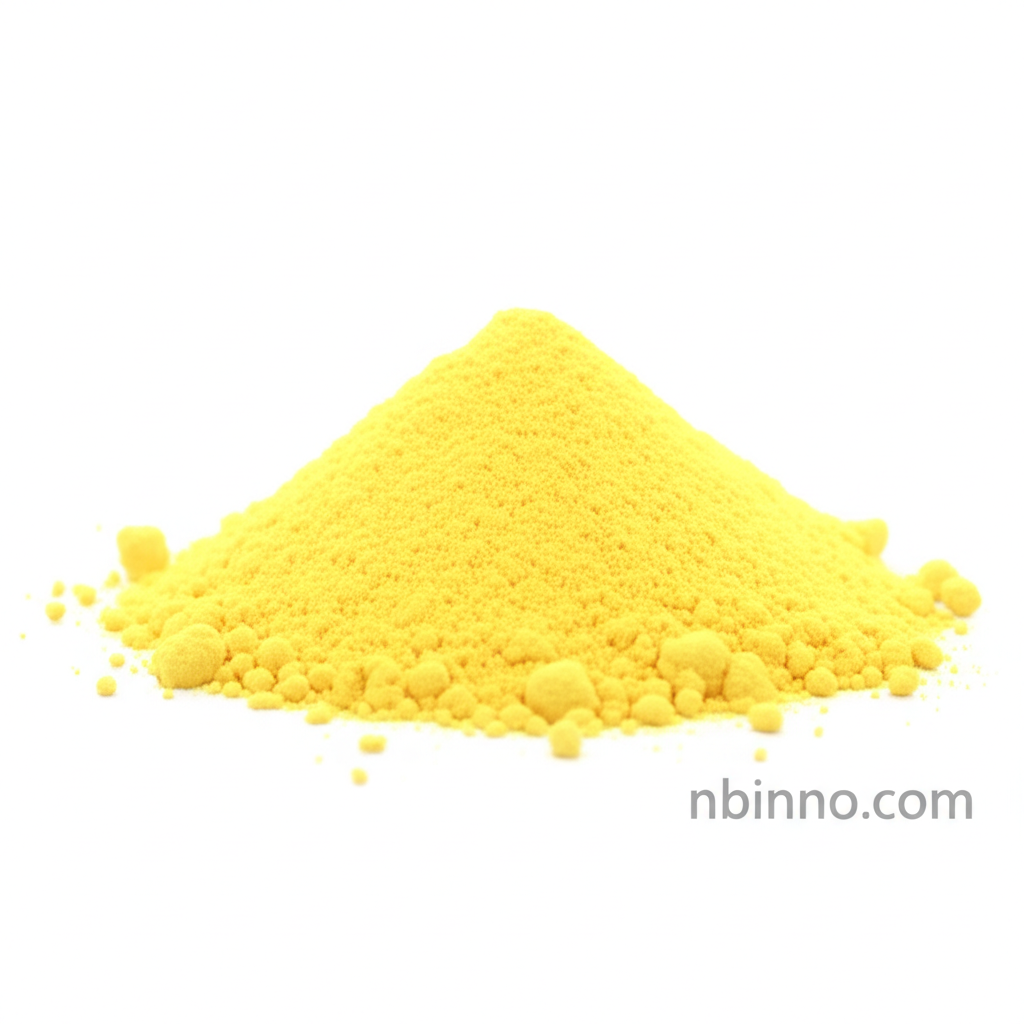2-Chloro-4-fluoronitrobenzene: A Key Intermediate in Chemical Synthesis
Explore the essential properties, diverse applications, and synthesis routes of this crucial organic compound.
Get a Quote & SampleProduct Core Value

2-Chloro-4-fluoronitrobenzene
This compound is a highly versatile intermediate, crucial for the development of various high-value chemicals. Its unique structure, featuring chlorine, fluorine, and nitro substituents on a benzene ring, grants it specific reactivity profiles ideal for complex organic synthesis.
- Leveraging its unique structure, 2-chloro-4-fluoronitrobenzene serves as a fundamental building block in the synthesis of pharmaceuticals, contributing to the creation of novel drug candidates.
- The compound's applications extend to the agrochemical sector, where it is instrumental in the development of effective pesticides and herbicides, aiding in crop protection.
- As an important intermediate in dye production, this chemical enables the creation of vibrant colors for textiles and other materials, meeting aesthetic and functional demands.
- Its role in material science is also significant, facilitating the synthesis of advanced polymers and coatings with enhanced durability and resistance properties, crucial for industrial applications.
Key Advantages
Versatile Reactivity
The electron-withdrawing nitro group and halogen substituents activate the aromatic ring, making 2-chloro-4-fluoronitrobenzene an excellent substrate for nucleophilic aromatic substitution reactions, a cornerstone of organic synthesis.
High Purity Standards
Sourced with assay levels of 98.0% or higher, this compound ensures consistent quality and reliable performance in demanding downstream applications, crucial for pharmaceutical and fine chemical production.
Broad Industrial Applicability
From pharmaceutical research to agrochemical formulation and the creation of advanced materials, its wide range of uses underscores its importance across multiple industrial sectors, driving innovation.
Key Applications
Pharmaceutical Synthesis
A critical intermediate in the creation of active pharmaceutical ingredients (APIs), particularly for anti-inflammatory and analgesic drugs, demonstrating its vital role in drug discovery and development.
Agrochemical Formulation
Used in the development of potent pesticides and herbicides, contributing to improved crop yields and protection against pests, thereby supporting the agricultural industry.
Dye and Pigment Production
Serves as a precursor for dyes and pigments, providing vibrant and lasting colors for textiles and various materials, essential for the fashion and manufacturing sectors.
Material Science Advancements
Facilitates the synthesis of advanced polymers and coatings with enhanced properties, such as increased durability and resistance, finding applications in demanding environments.
